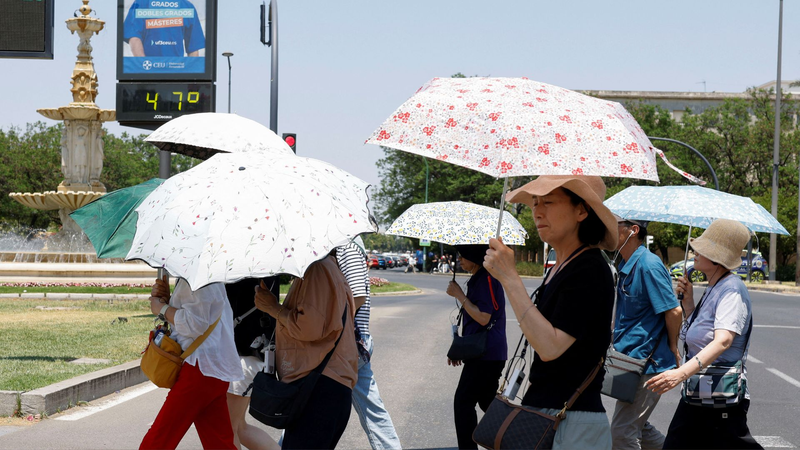Spain’s sun-soaked summer has turned deadly as the Environment Ministry reports a staggering 1,180 heat-related deaths over the past two months—a tenfold rise compared to the same period last year.
Data shows that most victims were over 65, and more than half were women. Traditionally cooler northern regions like Galicia, La Rioja, Asturias and Cantabria bore the brunt of this year’s extreme temperatures, with thermometers frequently topping 40°C.
Experts link the spike in fatalities to a combination of prolonged heat spells, urban heat islands and an ageing population. Hospitals and local authorities scrambled to open cooling centers, but many residents struggled to find relief during nights that barely dipped below 25°C.
“Our systems weren’t designed for prolonged extremes,” says a public health official. “This surge underlines the urgent need for climate adaptation—especially in regions unaccustomed to such blistering summers.”
Spain’s grim milestone echoes heat-related crises across Western Europe, where unprecedented temperature swings are pushing communities—and their infrastructure—beyond historical norms. For travellers and digital nomads planning summer trips, officials recommend checking local heat alerts, staying hydrated and seeking shaded, air-conditioned spaces during peak hours.
As global temperatures climb, Spain’s summer toll offers a sobering reminder: even regions with mild climates must prepare for heat waves that challenge health systems and reshape daily life.
Reference(s):
cgtn.com



